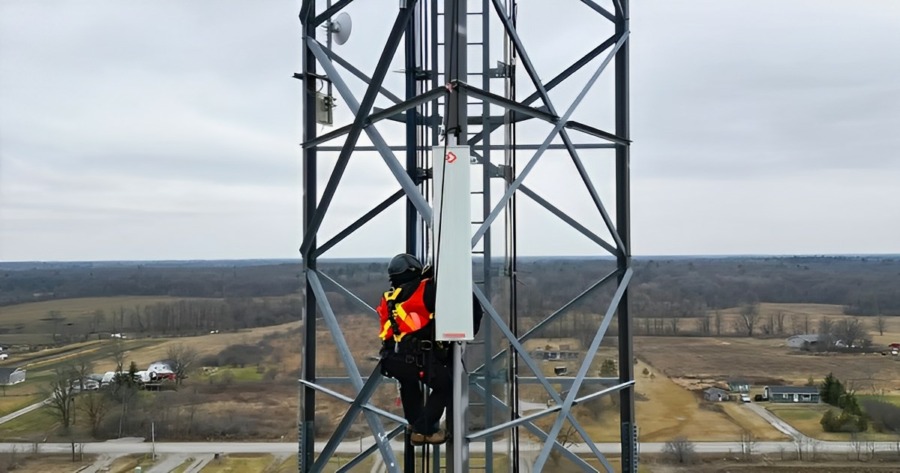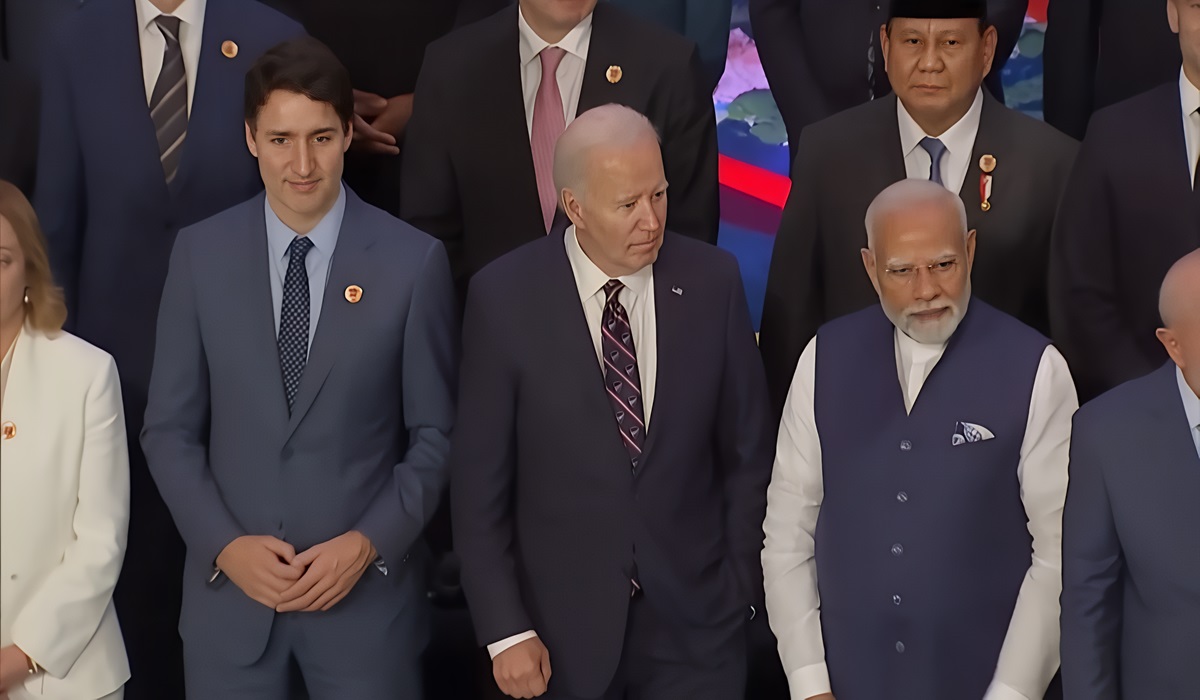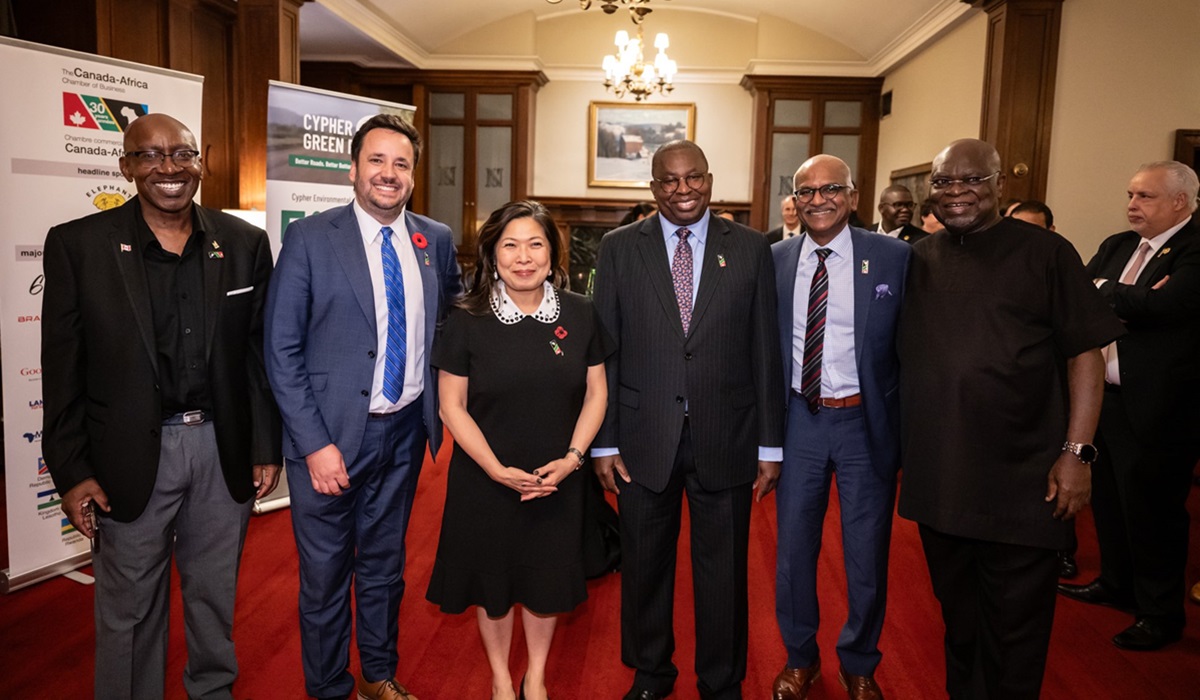Karrier One Announces Future-Proof Decentralised 5G For Rural Canada
- Contributor
- Canada
- Technology
- May 31, 2023

Just last month, Karrier One announced that it met financing goals and have established ten 4G terrestrial nodes in rural areas. They also announced that said nodes will be future-proofed for 5G. Karrier One offers DeWi (Decentralised Wireless) connections through a 5G blockchain network. It comes as a disruptive blow to Canada’s telecom industry, leveraging emerging technologies against legacy providers that have faced price gouging complaints.
With the anticipation of our Network from the public, we are excited to share some Q1 news with everyone. Check out our medium! https://t.co/yhivVAQagM#KarrierOne #Dewi #Telecom #Polygon #Matic #ETH
— Karrier One (@karrier_one) May 2, 2023
Canada’s Internet Situation
The internet is important for Canadians, particularly rural Canadians, where it gives them access to information and services that may not have been as readily available in the past. It also allows users to engage in online entertainment, best exemplified by Canada’s iGaming industry, one of the largest of its kind, with unprecedented government support. However, part of responsible gambling is ready access to information that helps consumers, like tips on popular casino games being played. That way, users can find guides on a wide range of interests so that they can enjoy them safely and effectively.
Unfortunately, the divide of internet quality in Canada is stark. It’s natural for the internet to be more sophisticated in the more urbanised southern provinces when compared to the northern ones. However, despite an almost 95% internet penetration rate by population, speeds aren’t equal. While the Yukon averages a 6 Mbps of download speed, British Columbia and Alberta have disparate speeds despite neighbouring one another – B.C. with 16 Mbps and Alberta with 13 Mbps.
Karrier One’s First Steps
Karrier One’s mission statement is to address rural internet disparity in Canada. Being a smaller, disruptive company in a well-saturated market, it’s a great cause to stake a business behind amidst long-standing criticism of Canadian telecom. Their unique decentralised infrastructure lends itself to democratisation of internet access, achievable through isolated nodes connected to satellites to provide off-the-grid telecom service.
Samer Bishay, founder and CEO of the company, said: ‘Just as Uber changed the taxi industry, we aim to do the same with our partners in the telecom industry.’ Later he added, ‘the lack of real competition within Canada’s telecom industry translates into unreasonably high rates’ and stated that Karrier One can change this.
In its most recent announcements, Karrier One has secured a first round of funding and seeded ten 4G nodes that are upgradeable to 5G when required. Their rollout plan is planned to be completed within three years, working with local business partners so that they don’t have to create as much infrastructure from scratch. Indigenous communities are a big target, Bishay saying that they have been underserved by previous telecom setups.
How Karrier One’s Blockchain Works
Blockchain isn’t a mainstream technology, so some readers may not know what it is and how it works. Karrier One’s network specifically works with MINOs – Mobile Independent Network Operators – by making them gateways. They own the equipment necessary to allow users to connect to the internet, making them the foundation of Karrier One’s network.
Individuals or businesses then pay Karrier for access to the gateways for less than local telecom rates. Gateway owners get a share for owning and maintaining the infrastructure that enables this service; the company gets the rest. Being decentralised, no one Karrier One employee or gateway operator has full control over the network.








